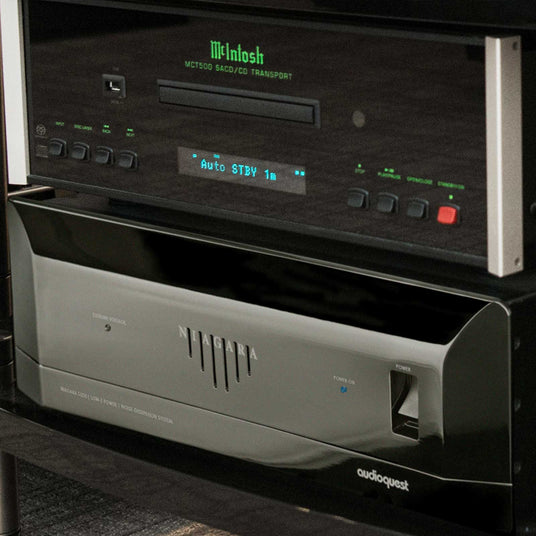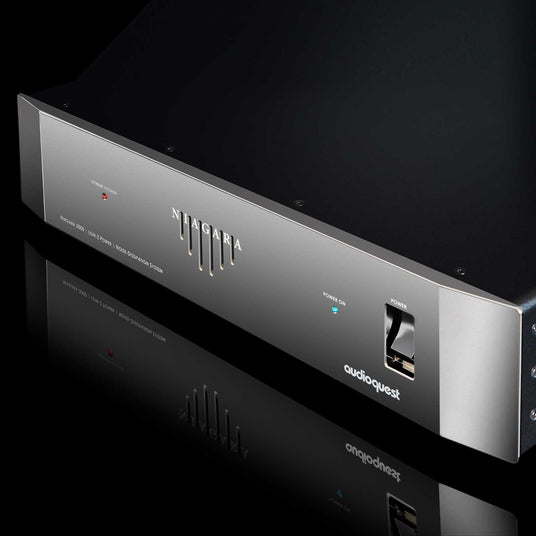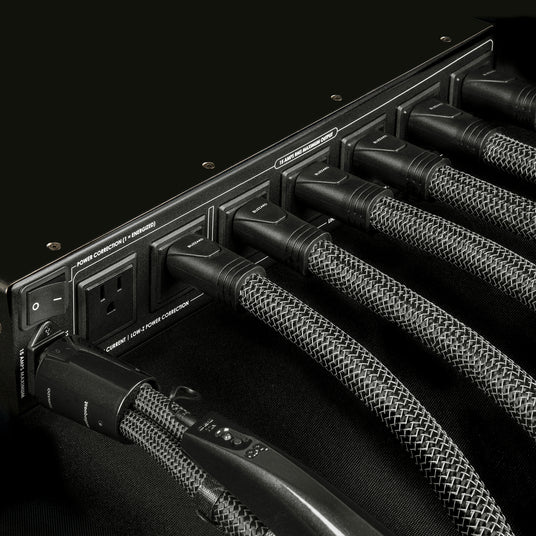
Scientist Says PowerQuest 303 is "Evil!"
Jürgen Krauss, founder of AudioReviews.org, is a scientist. What does he make of high-performance power conditioning? PURE EVIL.
Niagara 3000$3,900.00 View details | Niagara 5000$5,900.00 View details | Niagara 7000$11,000.00 View details | |
|---|---|---|---|
Outlets |
|
|
|
Noise-Dissipation |
Linear Noise-Dissipation and Patented Ground-Noise-Dissipation - 3 Banks (all outlets)
|
Linear Noise-Dissipation and Patented Ground-Noise-Dissipation- 6 Banks (all outlets)
|
Linear Noise-Dissipation and Patented Ground-Noise-Dissipation- 6 Banks (all outlets)
|
DBS Symmetrical Power Isolation Transformer |
|
|
|
Maximum RMS Current |
|
|
|
Transient Power Correction |
|
|
|
Country of Origin |
|
|
|
Sold As |
|
|
|
w/ Linear Noise-Dissipation & Non-Sacrificial Surge Protection
w/ Linear Noise-Dissipation & Non-Sacrificial Surge Protection
w/ Linear Noise-Dissipation & Non-Sacrificial Surge Protection


